The service design
community celebrated the official launch of the Washington, DC chapter of the
Service Design Network (SDN) at the Booz Allen Hamilton Innovation Center on
Sept. 27. The community focused on the evolution of design competencies within
organizations, and how the SDN can become a force in the nation’s capital.
Nearly 60 professionals
across a variety of design disciplines filtered into the the Innovation Center to
attend “Flavors of Service Design in DC: Launch Celebration and Panel
Discussion.” After mingling in the kitchen we made our way to the main room for
the panel. Lisa Mendalow and Aza Damood introduced our founding members who served
as the panelists for our event, including Chris Baer (Marriott), Sarah Brooks
(U.S. Department of Veterans Affairs), Ayla Newhouse (Adaptive Path/Capital
One), and Jeneanne Rae (Motiv Strategies).
The service economy represents
a majority of the U.S. market, an evolution that has been trending for American
business over the last few years. Each of the panelists discussed how people,
place, data, and technology can influence how well organizations are able to
design services.
“What brings us
together is the way we think,” said Baer. “Generating the mindset is the first
job. The second job is underpinning it with the process.”
According to Baer,
there are several things that contribute to effective service design for
Marriott, including the physical space, the competency to teach core principles
and inspire new thinking, accessibility to tools and frameworks, and the
ability to draw outside elements into the organization.
Brooks, who was
recently named the VA’s first Chief Design Officer and served as a White House
Innovation Fellow, emphasized that the purpose of these pillars (often
customized within organizations) is to have a meaningful social impact using
systems design. Applying a customer-centric perspective will keep the emotional
resonance at the forefront of the design process, she said. And that starts
with a safe, reliable workplace to build creative confidence.
“How do you build an
environment of trust? We need to bring much more of ourselves to the
workplace,” Brooks said.
One of the latest projects Newhouse has been working on seeks to tap into the emotional side Brooks is referring to: Capital One's Money Coaching program. This service aims to help people improve their relationship to money through one-on-one support and design-process inspired tools.
That kind of community
is often difficult to achieve among larger organizations and requires a
paradigm shift in culture and belief. According to Rae, “Keeping momentum is
really a challenging part of transformation. It’s interesting how much
operational and change management is involved in service design.”
During the second half of the evening we broke into
groups for a workshop that diverged on what this DC community could be. For
example, how can we create sense of openness and include new professionals
while deepening the discussion at an advanced level? How might we support individuals
in their professional and business development? In small groups we brainstormed
ideas around a particular prompt, grouped and themed them, and shared out with
the larger group. The founders of the group will converge on the tactical next
steps and synthesize the design artifacts to bring those ideas to reality with
the community.
The DC chapter of the
Service Design Network is a community of creators who share similar visions,
lessons learned, challenges, and a deep passion for scaling and thinking about service
design within their respective organizations. Join us!


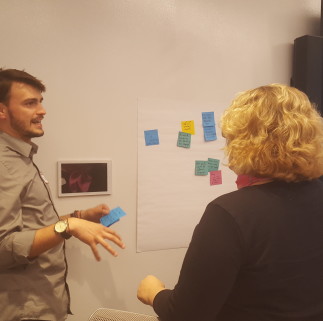
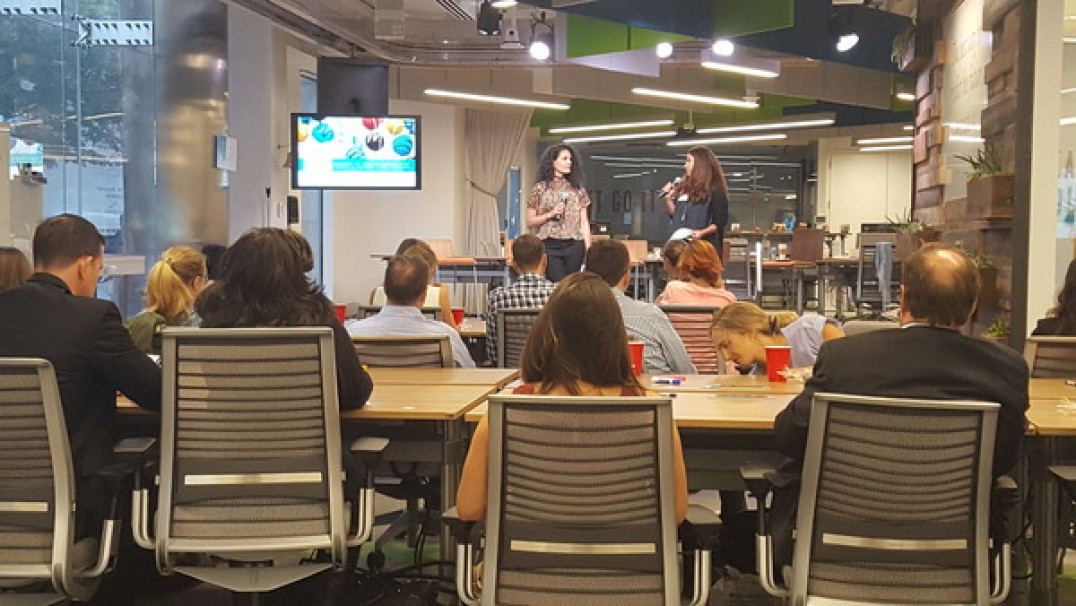
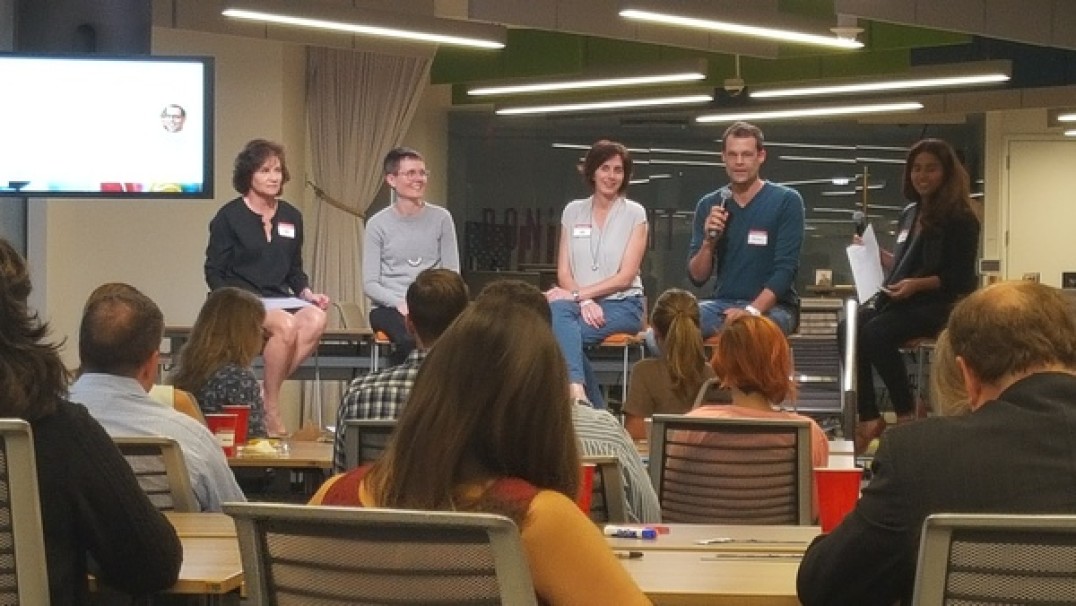
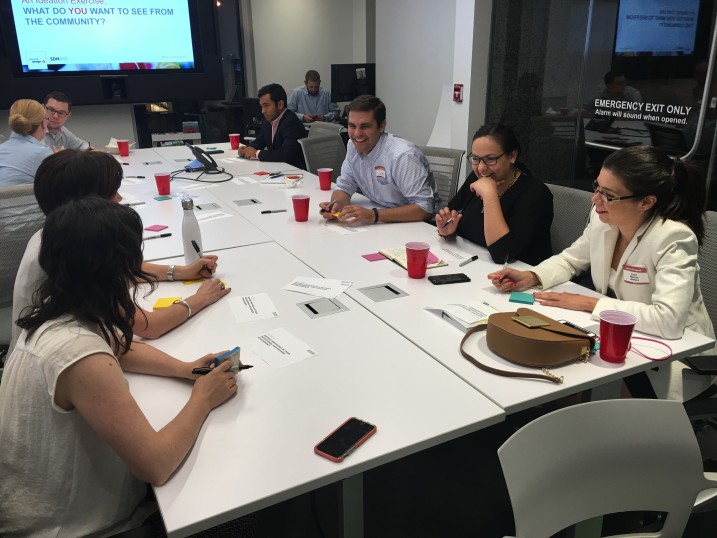
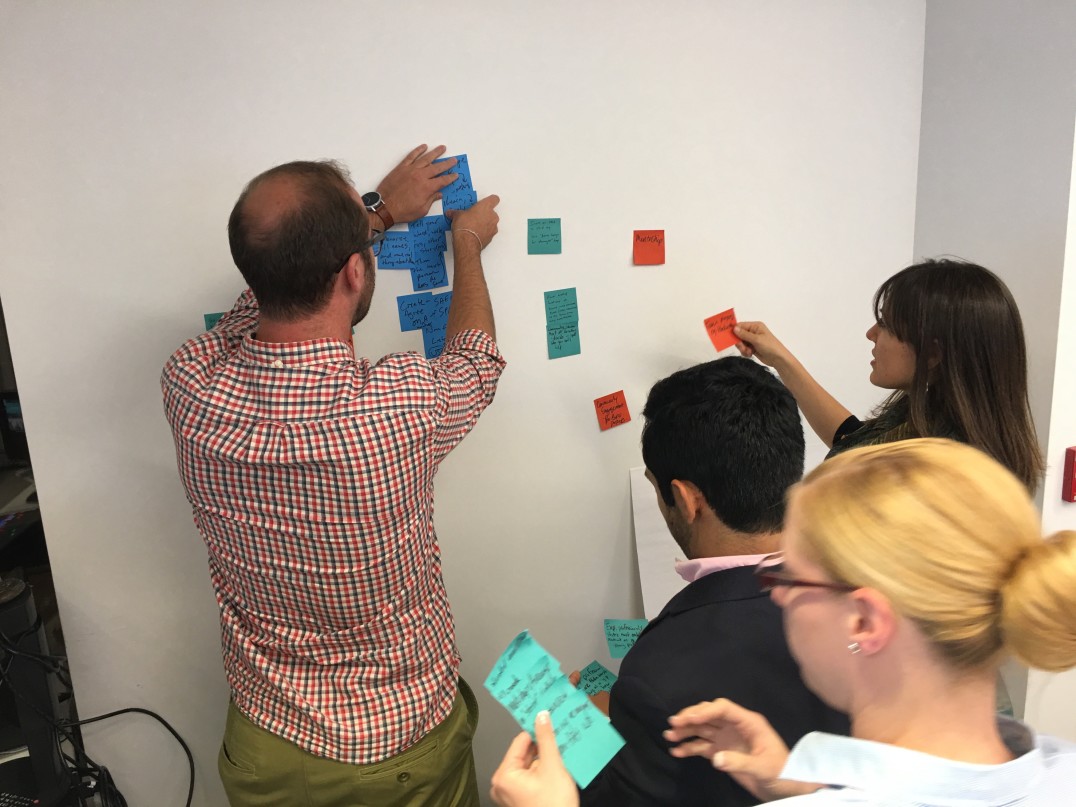
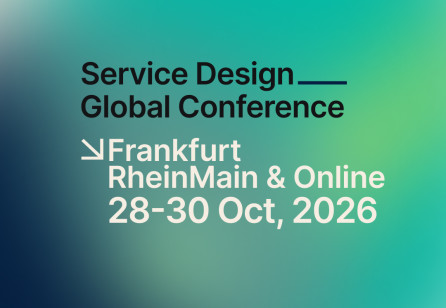
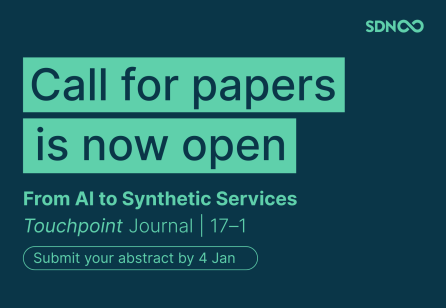
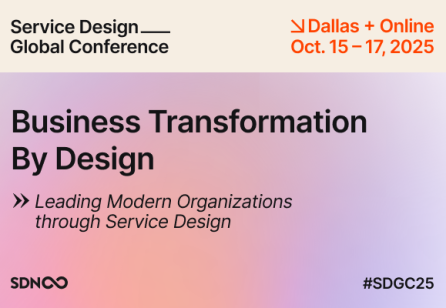
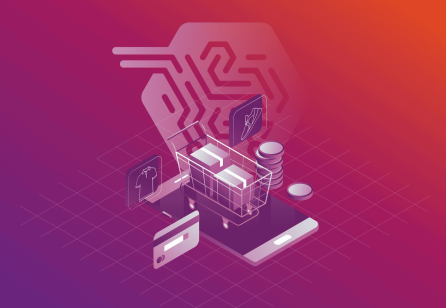

Share your thoughts
0 RepliesPlease login to comment